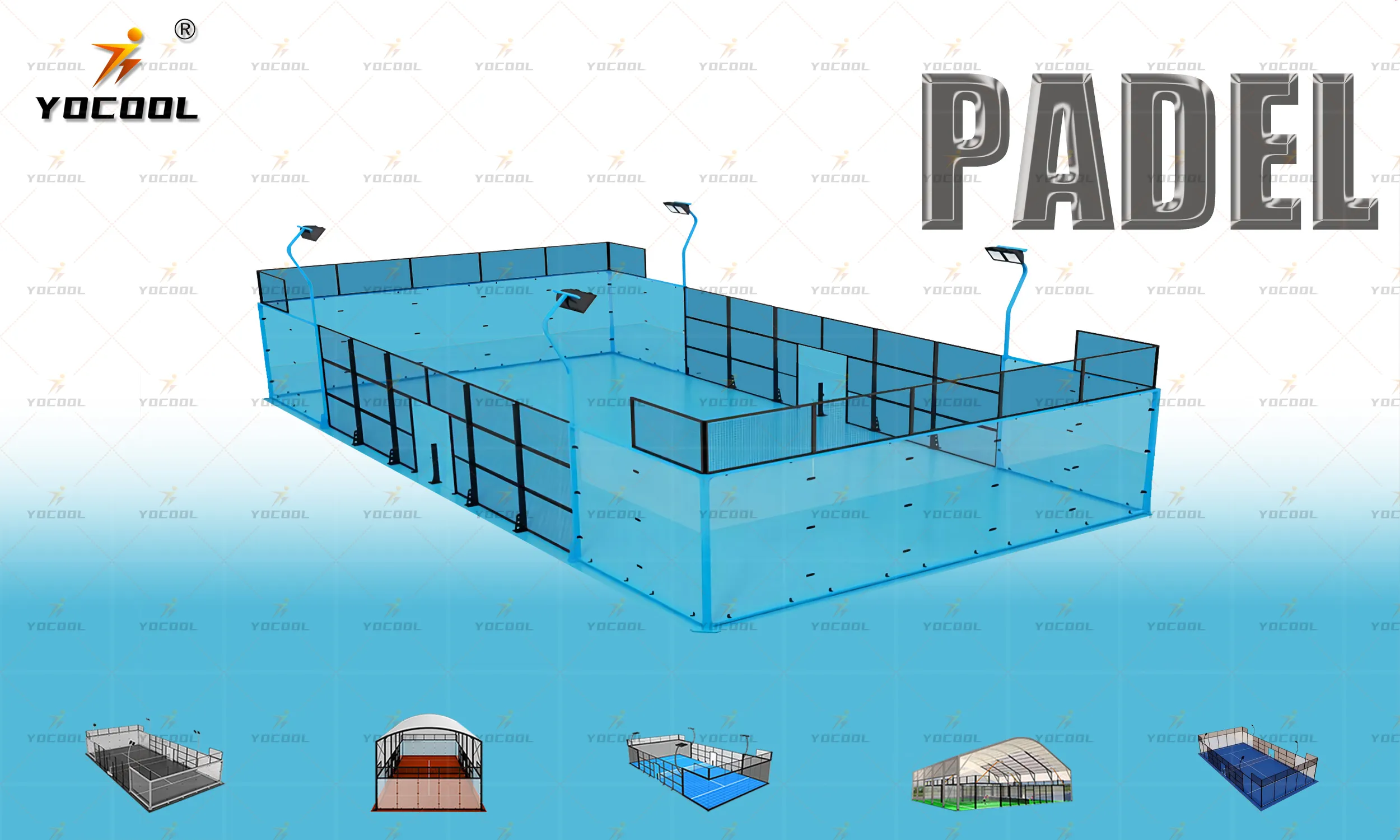

The Evolution and Importance of Badminton and Squash Courts
Badminton and squash are two dynamic racquet sports that have gained immense popularity around the world. With their own unique styles and court requirements, both sports offer excellent opportunities for physical fitness, social interaction, and competition. Understanding the characteristics and significance of badminton and squash courts can enhance the appreciation of these games.
Badminton Courts
A standard badminton court is rectangular, measuring 13.4 meters long and 6.1 meters wide for singles matches, with an additional width of 0.5 meters for doubles play. The court is divided in the middle by a net that is 1.55 meters high. The surface of the court is typically made from wooden or synthetic materials, ensuring a smooth playing experience. Badminton courts are designed for agility and quick reflexes, allowing players to partake in fast-paced rallies that can be both thrilling and demanding.
Badminton courts are often found in sports complexes, community centers, and schools, making the sport accessible to a wide range of enthusiasts. Given the competitive nature of the sport, many professional tournaments also require specialized courts equipped with proper lighting and spectator areas to enhance the viewing experience.

Squash Courts
On the other hand, a squash court is completely enclosed and measures 9.75 meters long and 6.4 meters wide. The unique feature of squash courts is the front wall, which is used for play, along with the two side walls. The height of the front wall can reach up to 4.57 meters, and the distinctive markings on the walls define allowed play areas. The dynamics of squash demand strategic positioning and stamina as players aim to outmaneuver their opponents in a confined space.
Much like badminton courts, squash courts are prevalent in gyms, clubs, and competitive facilities, promoting a vibrant squash community. The sport is known for its cardiovascular benefits, with players frequently engaging in high-intensity rallies.
Conclusion
In summary, badminton and squash courts are vital to the development of their respective sports. They provide the necessary environments that encourage active participation and competition. The rise of recreational and competitive leagues has further solidified the importance of these courts in fostering a culture of health and sportsmanship. As more people seek to improve their physical fitness and find community through sports, the roles of badminton and squash courts will continue to grow, enriching lives and promoting overall well-being.
High-Performance Industrial Flooring Solutions China Paddle Tennis Court for Sale
High-Performance Industrial Flooring Solutions Durable & Cost-Effective
Homogeneous Transparent Floor – Durable & Stylish Rubber Floor Solutions
Premium Homogeneous Transparent Floor for Durable & Stylish Spaces Rubber Floor Solutions
Premium Sports Floor Solutions Durable PVC Sports Floor & Rubber Floor for Gyms
Durable Rubber Composite Floor Premium Rubber Floor & Mats Solutions